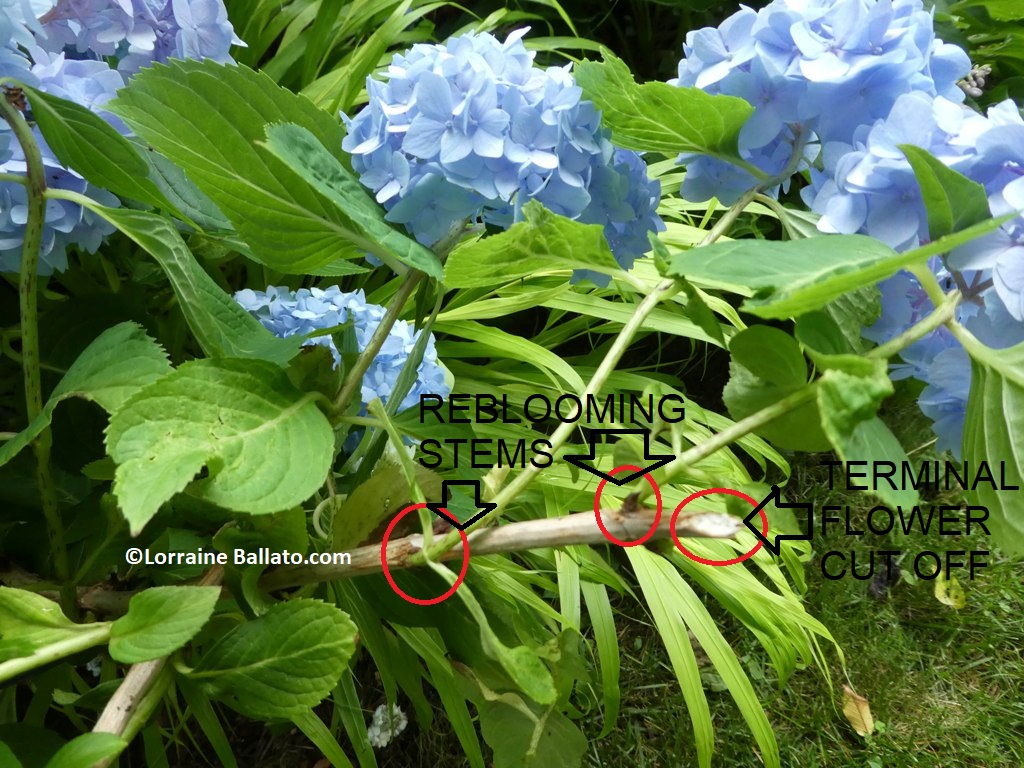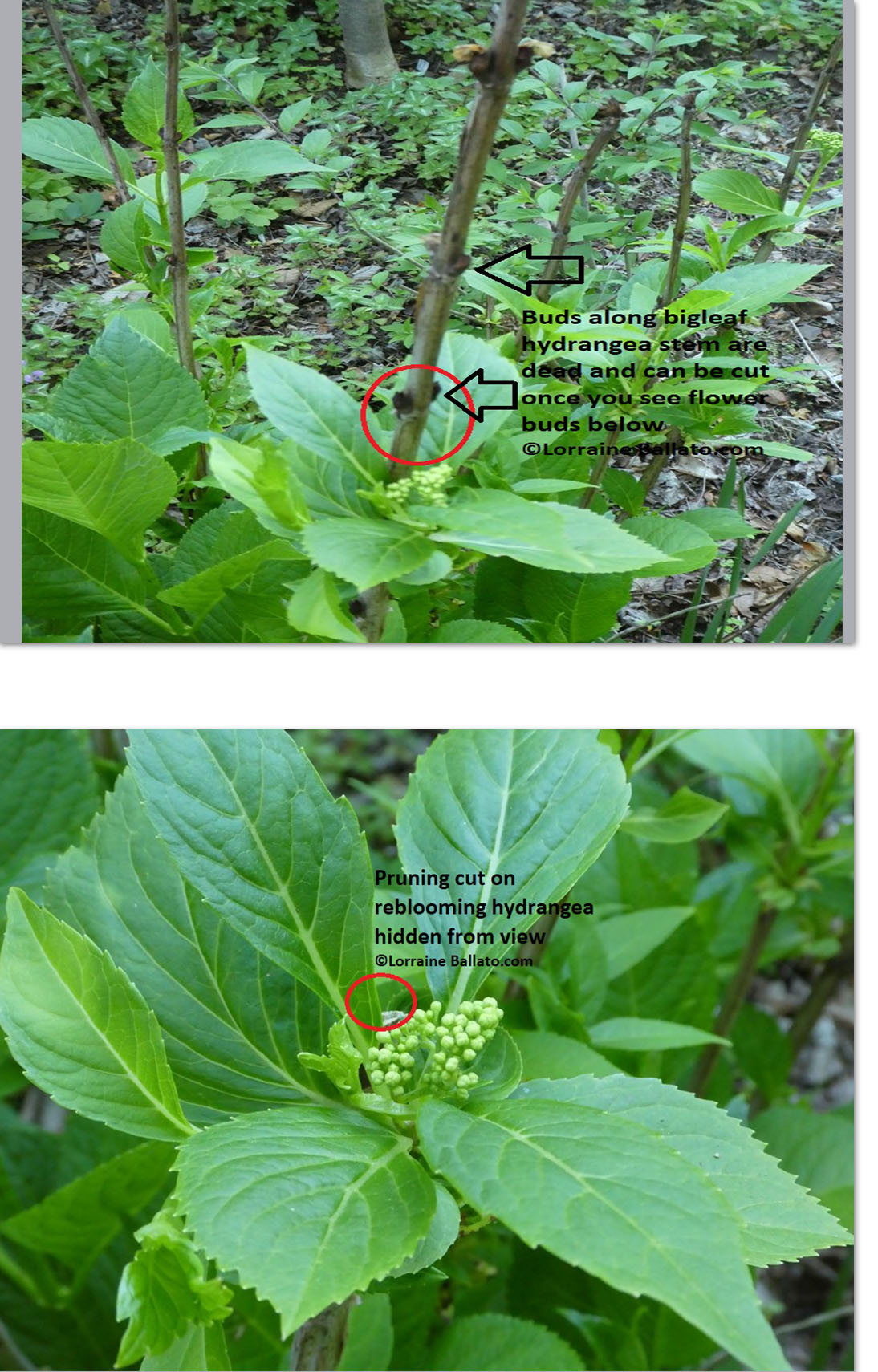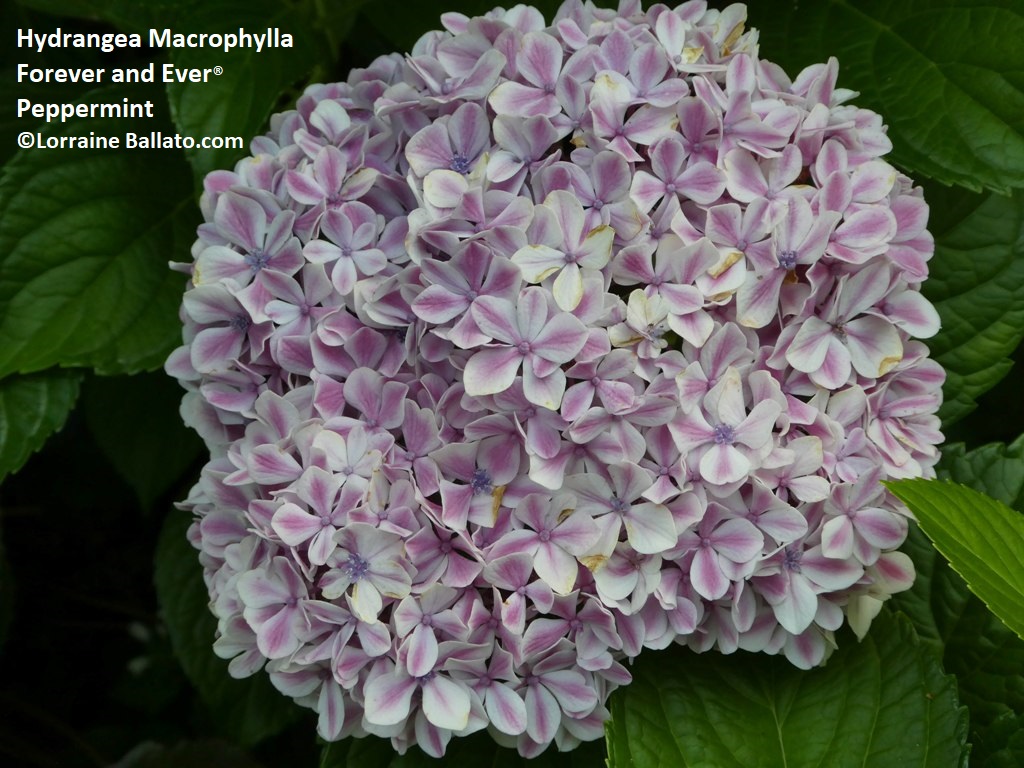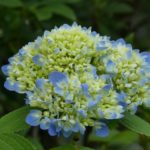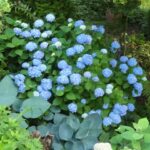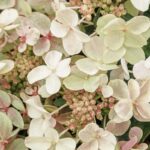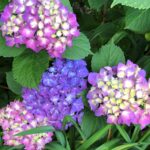It’s time to report on 2020 winter impact on my hydrangeas, a little later than I would have liked. I test both new and old introductions to the big leaf (macrophylla) and mountain (serrata) hydrangea families. Invariably, some plants produce few or no flowers. Then I examine why that happened. You can read previous reports HERE, HERE and HERE. Now for my report on 2020 winter impact on my collection of hydrangeas, which always proves very instructive.
HOORAY!!! There were practically no 2020 hydrangea issues in my zone 5B garden. Like most gardeners in the Northeast, I am enjoying a spectacular flower show from this magnificent plant.
Common Causes of Hydrangea Trouble
In most cases, when there’s hydrangea trouble for me, the cause is usually weather related. In other cases, I have learned that it was where I sited my plants. Add to that several observations: how long it takes for hydrangeas to get established in my garden, what impact my pruning had, and how fertilizing practices have affected my plants.
What Winter Dished Out
We had a relatively mild winter where my hydrangeas live. Yes, there was an early freeze in November before plants hardened off. And yes, spring brought sub freezing temps and a hailstorm after the plants broke dormancy. Both events instilled doubt whether I would see any flowers. Much to my great delight and surprise, today my garden is awash in big leaf and mountain hydrangea flowers.
Why Hydrangeas Are So Floriferous This Year
It’s the best year for hydrangeas in the Northeast since about 2011. Two factors influenced this performance: one is the generally mild winter, and the second is abundant spring rains that allowed the plants to develop. The science tells us that water stress is most harmful to hydrangea flower production, and we had none of that through about early July. Voilà: hydrangeas flowering everywhere.
Takeaways From This Past Winter
Despite all the celebrations, there are lessons to be learned by examining each variety. So let’s review this report on 2020 winter impact on hydrangeas.
My big leaf and mountain hydrangeas are mostly all reblooming varieties, by design. Which is a good thing as the winter and spring weather destroyed 99% of the terminal buds on them. Sometimes, the entire old stem died. After a cold, rainy spring, I finally saw buds on June 19, but only on early performers, the mountain hydrangeas (serratas). A few weeks later, I saw buds on the bigleaf (macrophylla) hydrangea plants. It was the reblooming capability of these plants and the specific variety that saved the day: the flowers came from the side shoots, not the tips.
A few weeks later by the end of June, most of my big leaf and mountain hydrangeas had buds on them. That told me where I could make some early pruning cuts. On rebloomers, cutting the dead/non-floriferous tips down to the first set of leaves early in the season stimulates them to put out that second round of flowers.
What You Need To Know About Hydrangeas That Are Labeled Rebloomers
Here’s an important data point for you. Many of the plants that are touted as rebloomers have been trialed and tested in what I would call “forgiving” conditions. In contrast, I think of my Zone 5 garden as “real life.” I might neglect plants, they might not get fertilized, I definitely do not give them any winter protection, etc. During their first year in the ground, they get watered and cared for so they can get established. After that, they have to learn to survive with their companions. It’s the garden version of “tough love.” With that as a backdrop, my experience is that not all named rebloomers deliver under those conditions. Yes, the plants survive but I am interested in flowers, not just a green bush. After this past winter, now I know for sure which of my plants can rebloom in my zone.
Which Ones Didn’t Deliver
Unfortunately, about 4 plants have given me less than stellar performance. Three of them were just moved to their current location so I need to give them one more season to settle in. The fourth one that gave me no flowers this year has been in place for 2 seasons–the outlier. I plan to move it in September to a site with more sun, hoping to get flowers next year (that strategy has worked well in the past) if I’m lucky. I have learned over time that big leaf and mountain hydrangeas need more sun than we Northern gardeners might think. September transplanting will give the plant time to get established and grow roots before my ground freezes (by about December 1).
Other Winter Impacts Besides Flowering
The other observation concerns the distorted shapes many plants have acquired. Several look more squat than upright–like mushrooms rather than vases or balls. That’s from the weight of wet winter snow and ice resting on the branches for extended periods of time. I’ll be investing a small fortune in bungee cords this fall so I can hitch them up over the winter to restore them to their proper shapes.
And then there is my Forever and Ever® Peppermint hydrangea. This year, the 10 inch flower color was a very dull pink
when it should have been a lively rose. Although I usually don’t recommend it, in this case I will amend my soil with lime that will work its way into the plant’s vascular system. Next year, this pH sensitive plant can be the rosy striped show stopper it’s intended to be.
Here’s the list of my big leaf and mountain hydrangeas by variety that I can verify have reblooming capability in a zone 5B home garden that has no army of garden helpers:
2020 Winter Impact on Hydrangeas by Name
Big Leaf Hydrangeas (Macrophylla)
Blue Enchantress®; Cherry Explosion; David Ramsey; Double Delights™ Expression, Perfection, and Wedding Gown; Endless Summer® – all of them; Forever & Ever® Peppermint, and White Out; Fuchsia Glow™; Let’s Dance® Blue Jangles®, Starlight®, Moonlight, and Rhythmic Blue; Midnight Duchess® Royal Majestics®; Mini Penny Royal Majestics®; Blue Wave; Penny Mac; Pink Shira™; Queen of Pearls® Royal Majestics® .
Mountain Hydrangeas (Serrata)
Tuff Stuff™ – all of them; Preziosa; Rosabillow; Hallasan (Spreading Beauty).
Takeaways for You
If you have time, examine what happened to your plants. Maybe they can teach you a few things, too. If they didn’t flower, check out this post I wrote for National Garden Bureau. You might find some answers there.
6 Secrets for Stunning Hydrangea Flowers
Get my FREE mini-guide with 6 fool-proof tips showing how to grow hydrangeas that produce the most amazing flowers.
No spam - I promise!
